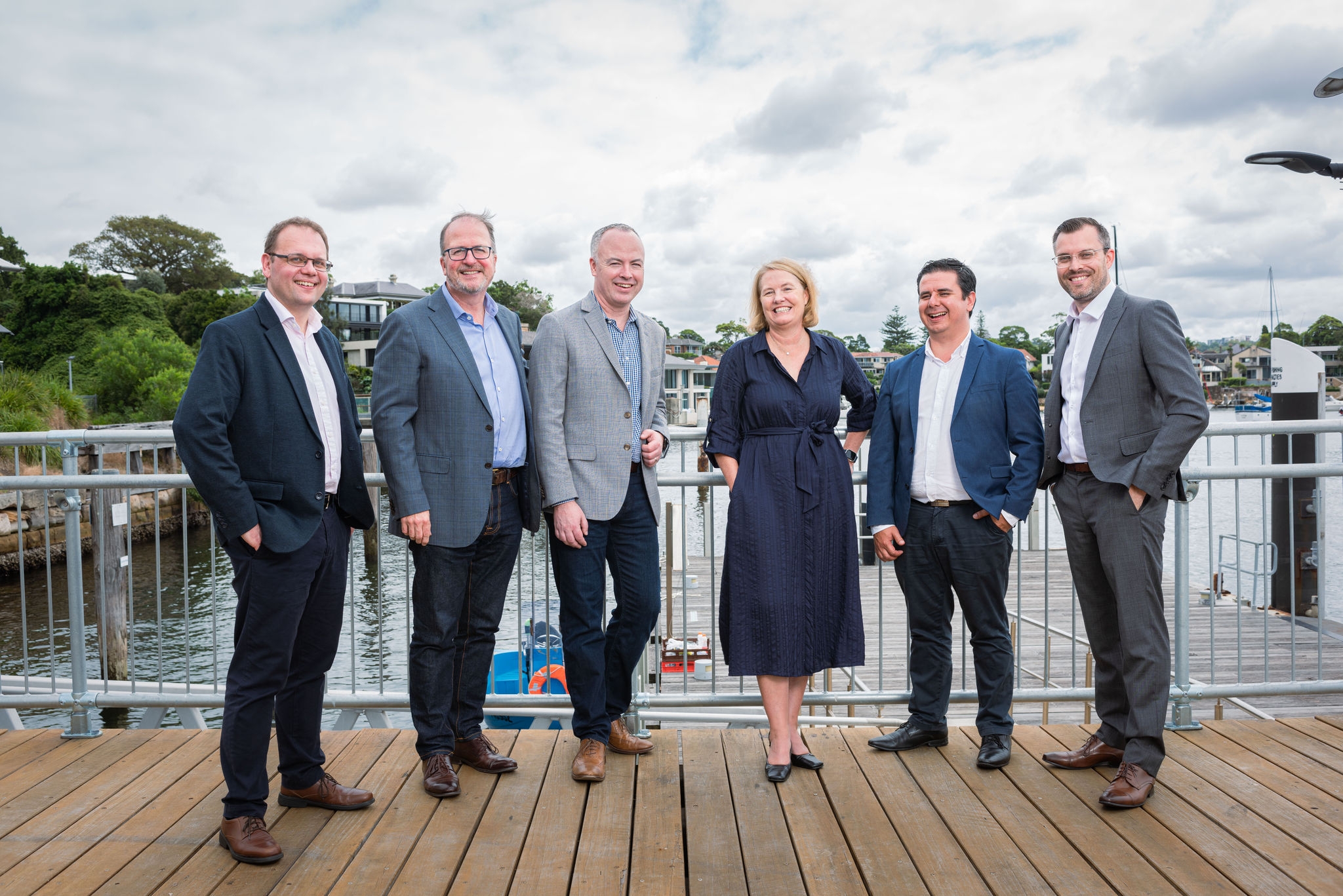It seems the Tweed will have to wait a couple of more years before its resident population cracks the 100,000 mark according to the latest figures from the 2021 Census.
The figures revealed the Tweed’s total population to be 97,392, below the Australia Bureau of Statistics’ Estimated Residential Population (ERP) for 2021 of 99,480.
The ERP figure is based on projections from the 2016 Census population figure of 91,371 and indicates slower population growth than previously forecast.
The Census further revealed there are more females (51.9%) living in the Tweed than males (48.1%), marginally higher than the NSW total of 50.6% females and 49.4% males.
The Tweed remains an attractive place for seniors, with the largest age demographic in the Shire being in the 60-64 year category – with 7,432 residents. This was followed by the 65-69 age group with 7,080 people.
In 2016, the largest age demographic was the 55-59 group with 6942 residents. The median age of the Tweed has remained the same both 2016 and 2021 at 47 years.
The vast majority of Tweed people had both parents born in Australia at 67.4% or 65,666 residents, but in a sign of the Shire’s increasing diversity, 18.2% or 17,708 people had both parents born overseas.
Other countries which featured as places of birth for Tweed residents included England, New Zealand, Philippines, India and Scotland. Scotland has replaced Germany which ranked in the top 5 in the 2016 Census.
Aboriginal and/or Torres Strait Islander people made up 4.4% of the Tweed population with 4,329 residents, which is up on the 2016 Census figure of 3,616 people, representing 4% of the wider Shire population.
Most family compositions on the Tweed were couples without children making 44.7% of people aged 15 and over, well above the NSW average of 37.9% and the national average of 38.8%. Couples with children accounted for 36.2% of the Tweed’s population, about the same as 2016.
The Tweed had a higher rate of one-parent families than the national figure of 15.9% with 4655 families or 17.8% of the population falling in this category.
The Census further revealed there to be a total of 44,576 private dwellings in the Tweed, of which 37,602 were occupied.
This comprised of 24,836 separate houses with the majority of them (39.5%) being 3 bedrooms in size. The number of separate houses in 2016 was 22,929 with 41.3% being 3-bedroomed.
Semi-detached, row or terraced houses and townhouses were the next most popular type of dwelling in the Tweed, with 7,107 properties (6491 in 2016). Additionally, the Tweed was recorded as having 4,828 flats or apartments (4,175 in 2016).
There were 20,257 dwellings which had 2 or more vehicles while 14,526 dwellings had one vehicle.
Council’s General Manager Troy Green said the 2021 Census provided valuable information which would assist Council in planning for the future.
“By understanding the make-up of our resident population, we can adjust our 52 services to meet the changing needs of our community,” Mr Green said.
“The Census figure also provide a fascinating insight into the cultural diversity and heritage of our residents.”
For more on the Tweed’s community profiles and statistics visit www.abs.gov.au/census/find-census-data/quickstats/2021/LGA17550 and tweed.nsw.gov.au/community-profiles-statistics







